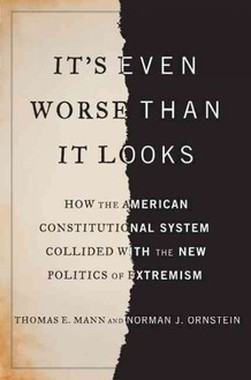
Asymmetry.
Perhaps the most relevant concept in understanding the full brace of change that is this new century is “asymmetry.” The simple Webster definition is: not identical on both sides of a central line. In other words, it is a mistake to try to understand something that is asymmetrical by using false equivalence. This is much easier said than done. The human animal is preconditioned to think in terms of balance and symmetry. For example, when we look in the mirror or at someone on the street, we tend to “see” a balanced face, whereas if you were to draw a plane through the middle of the face you would see that it is “not identical on both sides of a central line.” We simply want to “see” balance.
The harm in seeing balance in a face is negligible. The harm in seeing balance where it does not exist in many aspects of our world this century is disastrous.
Already this century, I have reviewed several books which discuss the reframing that is required in a world of asymmetry: military (“Drift,” “It Worked for Me”); terrorism (“The Art of Intelligence”); business (“That Used to be Us,” “Imagine,” “Boomerang,” and “What would Google Do?”); finance (“All the Devils are Here,” “A Colossal Failure”); education (“Fire in the Ashes”); medical / pharma (“End of Illness”); media (“Cronkite”); law enforcement (“Murder in Amsterdam,” “The Secrets of the FBI,” “In the President’s Secret Service”). In each case, failure came from trying to understand both sides or both actors as equal.
Terrorism gives us perhaps the best insight: in the past where our enemies were states, military might was the best response. Today where our enemy can act anywhere in the world in seconds with beyond-nuclear potential for harm – bio or digital – it is hard to see that huge military outlays are a sufficient (or appropriate) response.
“It’s Even Worse Than It Looks” helps us understand the asymmetry of today’s American politics. Congressional and bipartisan scholars, Thomas Mann and Norman Ornstein, clarify and propel earlier books of this election cycle – “Our Divided Political Heart” and “Do not Ask What Good We Do” – by helping us reframe the dynamics between the political parties.
The asymmetry comes not from proportion of the electorate (both Democrats and Republicans can call on fairly equal number of followers) rather the asymmetry is measured by intent. When the Republicans made their primary objective defeat of Obama rather than the historical intent of each of the parties that has been focused on the best interests of the country, politics became asymmetrical.
In every chapter of this book, Mann and Ornstein, document the ways in which the Republican Party became “the insurgent outlier in American politics and as such contributes disproportionately to its dysfunction.” No matter how much FOX or MSNBC seem to create false equivalence – e.g., both sides lie – our spiraling failure to come to grips with what is in our country’s best interest cannot be shared, it is not equal. “The culture and ideological center of the Republican Party itself, at the congressional, presidential, and, in many cases, state and local levels, must change if US democracy is to regain its health.”
The weakest part of the book – given the above unilateral requirement for the Republican Party to reform – is the concluding chapter with a series of prescriptions for a cure – from change in senate filibuster rules to overturning Citizens v. United. One section, however, can be acted upon by all citizens and will perhaps go the furthest in goading the Republican Party to change: RESTORE PUBLIC SHAME.
The country needs the remaining (if dwindling) opinion leaders from institutions like the military, churches, universities, foundations, business, the media, and public life AND EACH AND EVERY ONE OF US to denounce those who profit from bombast and lies and to denounce the television and radio networks and print outlets that give them airtime and web and print space, with the legitimacy that flows from them. We need to demand truth in the public square and not give the moral permission that Rudy Giuliani endorsed at the recent Republican Convention in Tampa: “not every fact is always absolutely accurate.” We must simply point out that then it is NOT a fact.
Perhaps the most relevant concept in understanding the full brace of change that is this new century is “asymmetry.” The simple Webster definition is: not identical on both sides of a central line. In other words, it is a mistake to try to understand something that is asymmetrical by using false equivalence. This is much easier said than done. The human animal is preconditioned to think in terms of balance and symmetry. For example, when we look in the mirror or at someone on the street, we tend to “see” a balanced face, whereas if you were to draw a plane through the middle of the face you would see that it is “not identical on both sides of a central line.” We simply want to “see” balance.
The harm in seeing balance in a face is negligible. The harm in seeing balance where it does not exist in many aspects of our world this century is disastrous.
Already this century, I have reviewed several books which discuss the reframing that is required in a world of asymmetry: military (“Drift,” “It Worked for Me”); terrorism (“The Art of Intelligence”); business (“That Used to be Us,” “Imagine,” “Boomerang,” and “What would Google Do?”); finance (“All the Devils are Here,” “A Colossal Failure”); education (“Fire in the Ashes”); medical / pharma (“End of Illness”); media (“Cronkite”); law enforcement (“Murder in Amsterdam,” “The Secrets of the FBI,” “In the President’s Secret Service”). In each case, failure came from trying to understand both sides or both actors as equal.
Terrorism gives us perhaps the best insight: in the past where our enemies were states, military might was the best response. Today where our enemy can act anywhere in the world in seconds with beyond-nuclear potential for harm – bio or digital – it is hard to see that huge military outlays are a sufficient (or appropriate) response.
“It’s Even Worse Than It Looks” helps us understand the asymmetry of today’s American politics. Congressional and bipartisan scholars, Thomas Mann and Norman Ornstein, clarify and propel earlier books of this election cycle – “Our Divided Political Heart” and “Do not Ask What Good We Do” – by helping us reframe the dynamics between the political parties.
The asymmetry comes not from proportion of the electorate (both Democrats and Republicans can call on fairly equal number of followers) rather the asymmetry is measured by intent. When the Republicans made their primary objective defeat of Obama rather than the historical intent of each of the parties that has been focused on the best interests of the country, politics became asymmetrical.
In every chapter of this book, Mann and Ornstein, document the ways in which the Republican Party became “the insurgent outlier in American politics and as such contributes disproportionately to its dysfunction.” No matter how much FOX or MSNBC seem to create false equivalence – e.g., both sides lie – our spiraling failure to come to grips with what is in our country’s best interest cannot be shared, it is not equal. “The culture and ideological center of the Republican Party itself, at the congressional, presidential, and, in many cases, state and local levels, must change if US democracy is to regain its health.”
The weakest part of the book – given the above unilateral requirement for the Republican Party to reform – is the concluding chapter with a series of prescriptions for a cure – from change in senate filibuster rules to overturning Citizens v. United. One section, however, can be acted upon by all citizens and will perhaps go the furthest in goading the Republican Party to change: RESTORE PUBLIC SHAME.
The country needs the remaining (if dwindling) opinion leaders from institutions like the military, churches, universities, foundations, business, the media, and public life AND EACH AND EVERY ONE OF US to denounce those who profit from bombast and lies and to denounce the television and radio networks and print outlets that give them airtime and web and print space, with the legitimacy that flows from them. We need to demand truth in the public square and not give the moral permission that Rudy Giuliani endorsed at the recent Republican Convention in Tampa: “not every fact is always absolutely accurate.” We must simply point out that then it is NOT a fact.
To be tweeted links to my new posts -- blog, book reviews (both nonfiction and fiction), data or other recommended tools -- just go to my Home page and click on the Twitter button on the right, just above the tweet stream, and follow me @jcrubicon.
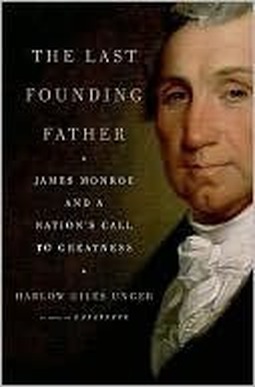
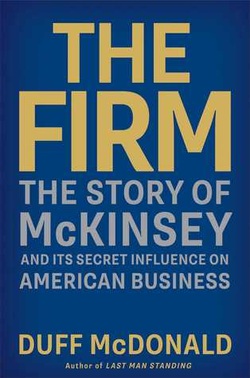
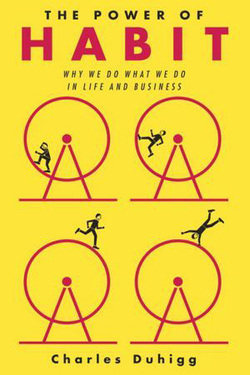
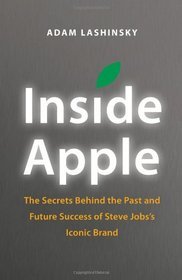
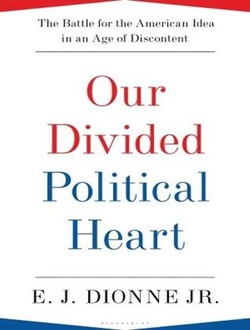
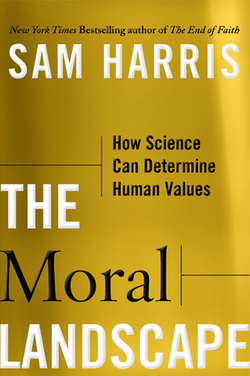
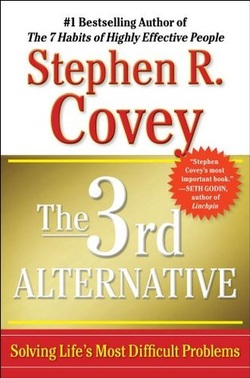
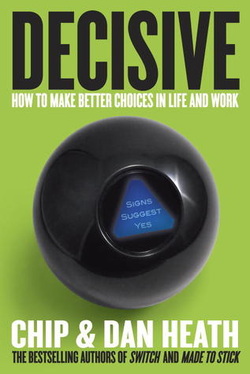
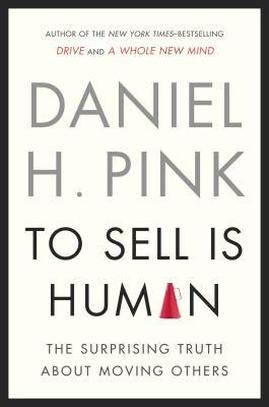
 RSS Feed
RSS Feed
